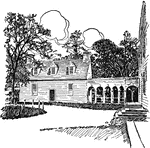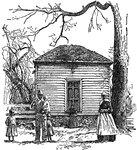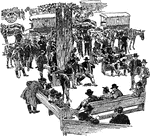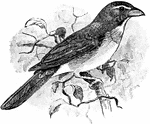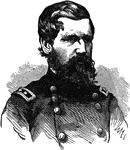
Oliver Otis Howard During the Civil War
Oliver Otis Howard (November 8, 1830 - October 26, 1909) was a career United States Army officer and…
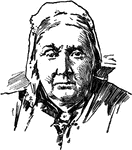
Julia Ward Howe
Julia Ward Howe (May 27, 1819 - October 17, 1910) was a prominent American abolitionist, social activist,…

Richard Howe
Richard Howe, 1st Earl Howe KG (8 March 1726 - 5 August 1799) was a British admiral, notable in particular…

Robert Howe
Robert Howe (1732 - December 14, 1786) was a major general in the Continental Army during the American…
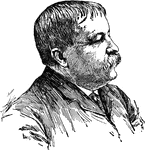
William Dean Howells
William Dean Howells (March 1, 1837 - May 11, 1920) was an American realist author and literary critic.
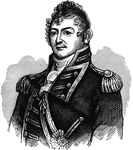
Isaac Hull
Isaac Hull (March 9, 1773 - February 13, 1843), was a Commodore in the United States Navy.

Isaac Hull's Monument
Isaac Hull (March 9, 1773 - February 13, 1843), was a Commodore in the United States Navy.
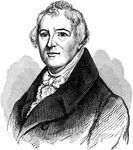
William Hull
William Hull (June 24, 1753 - November 29, 1825) was an American soldier and governor of Michigan Territory.

Daniel Huntington
Daniel Huntington (October 4, 1816 - April 19, 1906), American artist, was born in New York City, New…

William Hutchings
William Hutchings was born in York, Maine in 1764. He was a soldier who fought in the American Revolutionary…
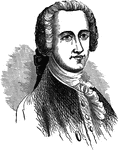
Thomas Hutchinson
Thomas Hutchinson (September 9, 1711 - June 3, 1780) was the royal governor of Massachusetts from 1771…
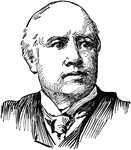
Robert Green Ingersoll
Colonel Robert Green Ingersoll (August 11, 1833 – July 21, 1899) was a Civil War veteran, American…
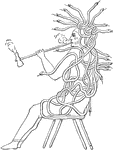
Atatarho
Atotarho is a historical figure for whom there is almost no historical record. Oral tradition stories…
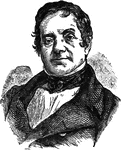
Washington Irving
Washington Irving (April 3, 1783 – November 28, 1859) was an American author, essayist, biographer…

Island Number Ten
Island Number Ten was a former island in the Mississippi River near Tiptonville, Tennessee and the site…

Bombardment of Island Number Ten
Island Number Ten was a former island in the Mississippi River near Tiptonville, Tennessee and the site…
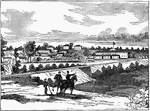
Iuka Springs, 1862
The Battle of Iuka was an American Civil War battle fought on September 19, 1862, in Iuka, Mississippi.
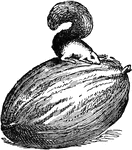
Sioux Totem
The totem or emblem of the Sioux, a Native American tribe has a squirrel on top of a nut.
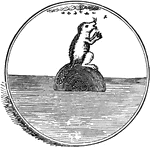
Huron Totem
The totem or emblem of the Huron, a Native American tribe has a beaver on top of a log in the water.

American Grenades
A hand grenade is a small hand-held anti-personnel weapon designed to be thrown and then explode after…
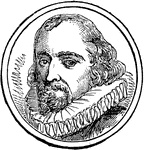
Lord Bacon
Francis Bacon, 1st Viscount St Alban KC QC (22 January 1561 – 9 April 1626) was an English philosopher,…

Guillotine
The guillotine was a device used for carrying out executions by decapitation. It consists of a tall…

Maximilien Robespierre
Maximilien François Marie Isidore de Robespierre (6 May 1758 – 28 July 1794) is one of…
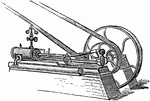
Steam Engine
A steam engine is a heat engine that performs mechanical work using steam as its working fluid. Steam…

James Watts
James Watt (19 January 1736 – 25 August 1819) was a Scottish inventor and mechanical engineer…
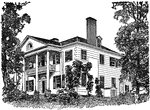
Jumel Mansion
The Jumel Mansion in New York City is a historic location which served as the headquarters for both…

Escape of Benedict Arnold
Benedict Arnold escaping capture by George Washington's forces on the Hudson River.
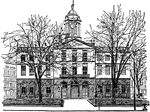
Old State House
The Old State House in Hartford, Connecticut where the Hartford Convention met in 1814.
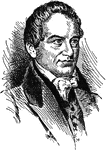
Robert Young Hayne
(1791-1839) an American political leader, lawyer, and captain in the War of 1812.

Stagecoach and Prairie Schooner
"Modes of travel in the West. An old stage-coach and prairie schooner." -Gordy, 1916
![From the painting, "First Reading of the Emancipation Proclamation of President Lincoln" by Francis Bicknell Carpenter. From left to right: Edwin Stanton (Secretary of War), Salmon Chase (Secretary of the Treasury), Abraham Lincoln (President of the United States), Gideon Welles (Secretary of the Navy), Caleb B. Smith (Secretary of the Interior), William Seward [sitting] (Secretary of State), Montgomery Blair (Postmaster General), and Edward Bates (Attorney General).](https://etc.usf.edu/clipart/56400/56428/56428_emanc_proc_mth.gif)
Emancipation Proclamation
From the painting, "First Reading of the Emancipation Proclamation of President Lincoln" by Francis…

Chester Alan Arthur
(1829-1886) American politician and twenty-first President of the United States, succeeding James Garfield.
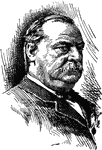
Grover Cleveland
(1837-1908) The twenty-second and twenty-fourth President of the United States, making him the only…
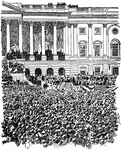
Inauguration of William McKinley
The inauguration of President William McKinley led by the Black Horse Cavalry down Pennsylvania Avenue.
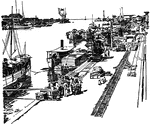
Pasig River
Shipping docks at Pasig River, Manila in the Philippines during the Spanish-American War.
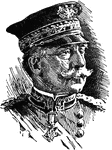
Nelson A. Miles
(1839-1925) American soldier who sirved in the Civil War, Indian Wars, and the Spanish-American War.
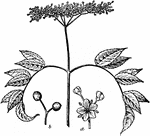
American Elderberry
"Branch with Inflorescence of Elder (Sambucus Canadensis). (a), part of the inflorescence; (b), fruits."…
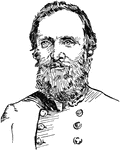
Thomas J. (Stonewall) Jackson
Thomas Jonathan "Stonewall" Jackson (January 21, 1824 – May 10, 1863) was a Confederate general…
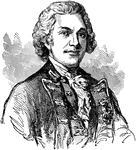
Silas Talbot
Silas Talbot (11 January 1751 - 30 June 1813) was an officer in the Continental Army and in the Continental…
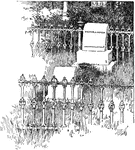
Grave of Thomas J. Jackson
Thomas Jonathan "Stonewall" Jackson (January 21, 1824 – May 10, 1863) was a Confederate general…

Arrival of the Young Women at Jamestown
In 1621, many "respectable young women for wives of those colonists" traveled to Jamestown.
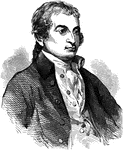
John Jay
John Jay (December 12, 1745 – May 17, 1829) was an American politician, statesman, revolutionary,…

Fort Jefferson, Garden Key
Fort Jefferson was built in 1826 in Garden Key, Florida and used in the American Civil War.





